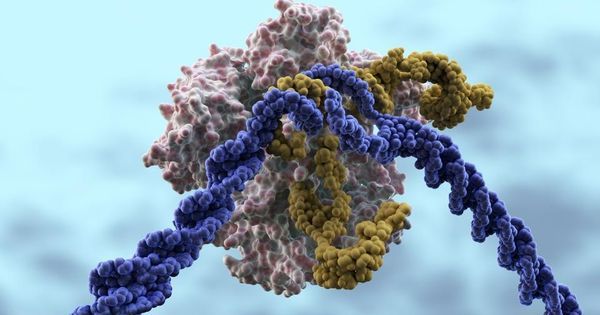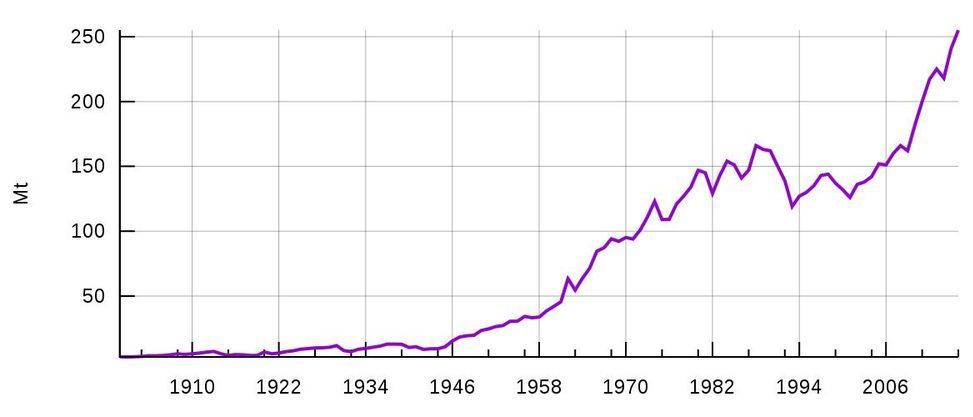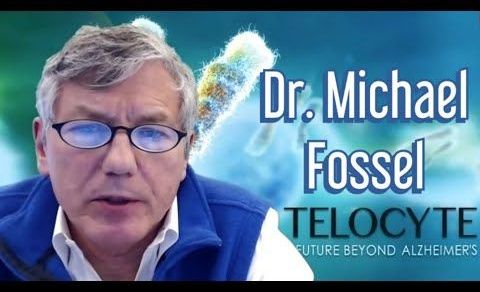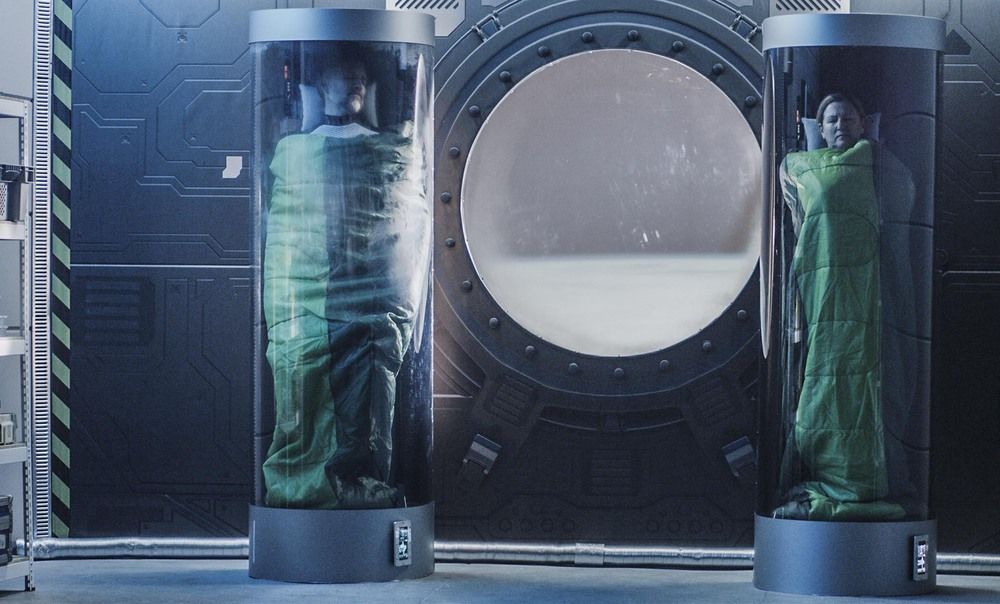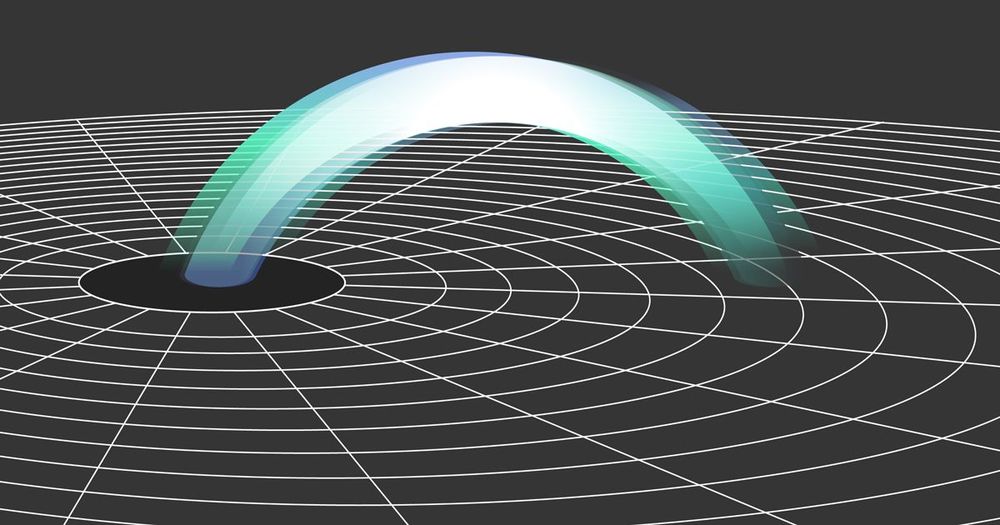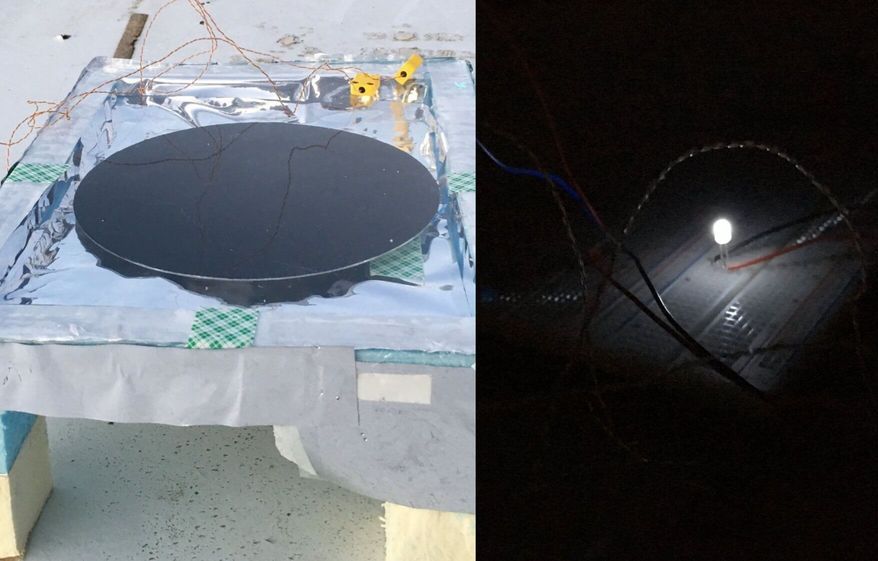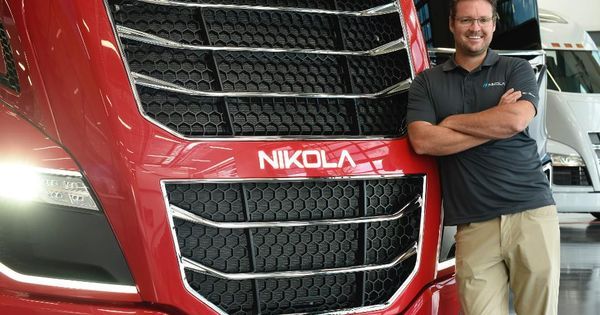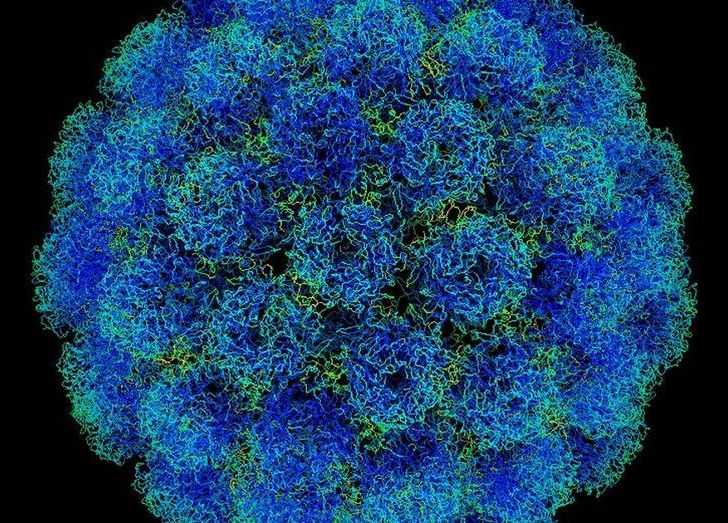Vulnerabilities in the Google Camera app left hackers able to take photos, and silently record audio and video, even when the phone was locked.
https://www.nasa.gov/press-release/goddard/2019/sugars-in-meteorites
An international team has found sugars essential to life in meteorites. The new discovery adds to the growing list of biologically important compounds that have been found in meteorites, supporting the hypothesis that chemical reactions in asteroids—the parent bodies of many meteorites—can make some of life’s ingredients. If correct, meteorite bombardment on ancient Earth may have assisted the origin of life with a supply of life’s building blocks.
The team discovered ribose and other bio-essential sugars including arabinose and xylose in two different meteorites that are rich in carbon, NWA 801 (type CR2) and Murchison (type CM2). Ribose is a crucial component of RNA (ribonucleic acid). In much of modern life, RNA serves as a messenger molecule, copying genetic instructions from the DNA molecule (deoxyribonucleic acid) and delivering them to molecular factories within the cell called ribosomes that read the RNA to build specific proteins needed to carry out life processes.
The clinical trials show that two patients have potentially been cured of their genetic illnesses.
Peak phosphorus is a concept to describe the point in time when humanity reaches the maximum global production rate of phosphorus as an industrial and commercial raw material. The term is used in an equivalent way to the better-known term peak oil.[2] The issue was raised as a debate on whether a “peak phosphorus” was imminent or not around 2010, but was largely dismissed after USGS and other organizations increased the world estimates on available phosphorus resources.[3]
Phosphorus is a finite (limited) resource that is widespread in the Earth’s crust and in living organisms but is relatively scarce in concentrated forms, which are not evenly distributed across the Earth. The only cost-effective production method to date is the mining of phosphate rock, but only a few countries have significant reserves of it. The top four are Morocco, China, Algeria and Syria. Estimates for future production vary significantly depending on modelling and assumptions on extractable volumes, but it is inescapable that future production of phosphate rock will be heavily influenced by Morocco in the foreseeable future.[4]
Means of commercial phosphorus production besides mining are few because the phosphorus cycle does not include significant gas-phase transport.[5] The predominant source of phosphorus in modern times is phosphate rock (as opposed to the guano that preceded it). According to some researchers, Earth’s commercial and affordable phosphorus reserves are expected to be depleted in 50–100 years and peak phosphorus to be reached in approximately 2030.[2][6] Others suggest that supplies will last for several hundreds of years.[7] As with the timing of peak oil, the question is not settled, and researchers in different fields regularly publish different estimates of the rock phosphate reserves.[8].
Haven’t heard from Fossel in awhile. This is long but well indexed in the notes.
My mission is to drastically improve your life by helping you break bad habits, build and keep new healthy habits to make you the best version of yourself.
This video me, Brent Nally, interviewing Dr. Michael Fossel about Telocyte and telomerase gene therapy on November 16, 2019.
Calculations involving a higher dimension are guiding physicists toward a misstep in Stephen Hawking’s legendary black hole analysis.
There are different kinds of solar panels. The one most typically used is a type that generates electricity from the sun through a physical process called the photo-voltaic (PV) effect – when light exposure on certain materials generates an electric current. Another type generates electricity from heat through thermal processes – when the sun is hotter and Earth is cooler, and the difference in temperature can be converted into usable energy.
That second kind of solar panel is the one that inspired a team of researchers at Stanford University in Palo Alto, California to develop a new system that can harness energy in darkness. It’s based on the concept of using heat to generate energy but an inverse version of the solar panel. While the solar panel uses the heat difference between the sun and Earth with the Earth being the cooler side – their system makes use of the heat difference between the coolness of the night atmosphere and the Earth with the Earth being the hotter side. The study has been published in the scientific journal Joule.
Study author Shanhui Fan, Stanford electrical engineering professor, told Gizmodo:
Nikola Motor, the Phoenix-based startup that wants to disrupt trucking with futuristic electric semis powered by hydrogen, says it has developed a new type of battery cell with double the energy density, only 40% of the weight and half the cost of current lithium-ion batteries used in Teslas and other consumer-market electric vehicles.
But it’s not providing many details for now, and public demonstrations won’t happen for about 10 months.
Battery packs using the new cells, which don’t use nickel, cobalt and other metals typically found in 2170 lithium-ion cells favored by Tesla, could boost range for current electric passenger cars from 300 miles per charge to as much as 600 miles with “little or no increase to battery size and weight,” the company said. Nikola has subjected its cells to heavy-duty testing and says that charging and depleting them “over 2,000 times has shown acceptable end-of-life performance.”


